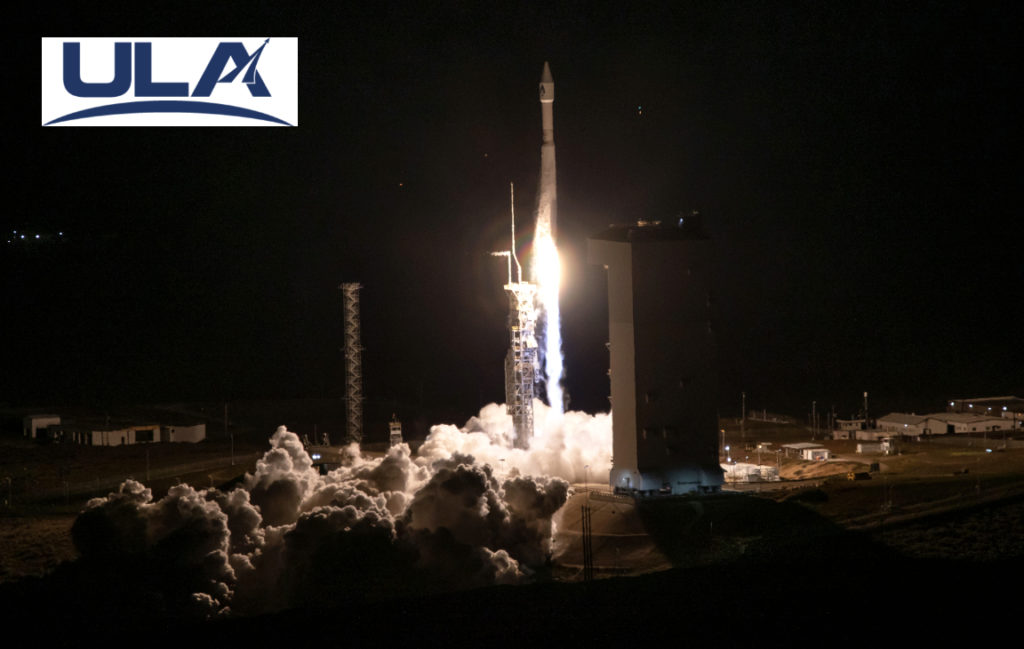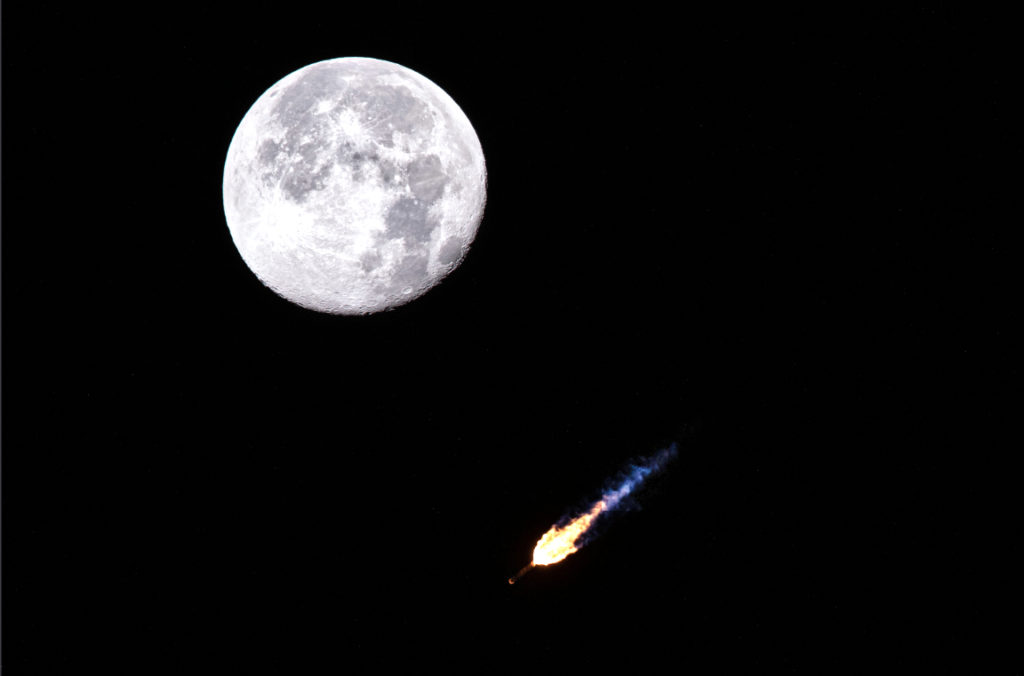
A United Launch Alliance (ULA) Atlas V rocket carrying the Joint Polar Satellite System (JPSS)-2 mission for the National Oceanic and Atmospheric Administration (NOAA) and National Aeronautics and Space Administration (NASA) and NASA’s Low-Earth Orbit Flight Test of an Inflatable Decelerator (LOFTID) lifted off on November 10 at 1:49 a.m., PST, from Space Launch Complex-3 at Vandenberg Space Force Base.

To date, ULA has launched 155 times with 100 percent mission success.

The Atlas V rocket delivered the JPSS-2 spacecraft to a sun-synchronous LEO. After delivering the JPSS-2 spacecraft, subsequent burns by the Centaur upper stage lowered the altitude to a re-entry trajectory to deploy the LOFTID experiment.

Once separated, LOFTID reentered Earth’s atmosphere, deployed its parachute and landed off the coast of Hawaii. This experiment demonstrates how an inflatable aeroshell, or heat shield, could deliver heavy payloads safely through the atmosphere to the surface of Earth and potentially other planets.
“We depend on accuracy and timeliness of weather prediction models for enhanced weather forecasting and climate observations. Our ULA team is proud to launch the JPSS-2 mission that supports advanced forecasting of extreme weather and global climate monitoring,” said Gary Wentz, ULA vice president of Government and Commercial Programs. “Additionally, we look forward to reviewing the data collected from LOFTID as we explore Hypersonic Inflatable Aerodynamic Decelerator (HIAD) technology for engine reusability on our future Vulcan rocket. Successfully deploying these two payloads is a monumental achievement; thank you to our mission partners for their outstanding teamwork.”
“The NASA and ULA public-private LOFTID partnership was the ideal pairing opportunity for demonstrating our Vulcan reuse plans,” said Mark Peller, ULA vice president of Major Development. “This demonstration allows ULA to focus on launch integration applications for engine recovery including parachute development, transportation and recovery, flight environments, precision navigation for landing and recovery and more.”
Leveraging a legacy of 100 percent mission success launching more than 150 missions to explore, protect and enhance our world, ULA is the nation’s most experienced and reliable launch service provider with world-leading reliability, schedule confidence, and mission optimization. We deliver value unmatched by any launch services company in the industry, a tireless drive to improve, and commitment to the extraordinary.

Original news story…
A United Launch Alliance (ULA) Atlas V 401 rocket will launch the Joint Polar Satellite System (JPSS)-2 civilian polar-orbiting weather satellite for the National Oceanic and Atmospheric Administration (NOAA) and NASA and NASA’s Low-Earth Orbit Flight Test of an Inflatable Decelerator (LOFTID).
Liftoff will occur from Space Launch Complex-3 at Vandenberg Space Force Base, California.
Eleven years ago, a ULA Delta II rocket launched the Suomi NPP weather observatory for NOAA and NASA. That was the first of the advanced JPSS program constellation and was joined by JPSS-1/NOAA-20 in 2017. Atlas V will add JPSS-2 to the polar-orbiting fleet on Tuesday.
JPSS-1 also launched atop a ULA Delta II rocket to orbit from pole to pole and collect weather observations across the entire globe twice per day. That data is needed to run numerical weather forecast models with improved accuracy.
These satellites improve the accuracy and timeliness of weather prediction models to enhance forecasting. Soon, #JPSS2 will join NOAA-20 and SNPP to provide global observations that are the backbone of both short- and long-term weather forecasting and keep track of climate trends.
